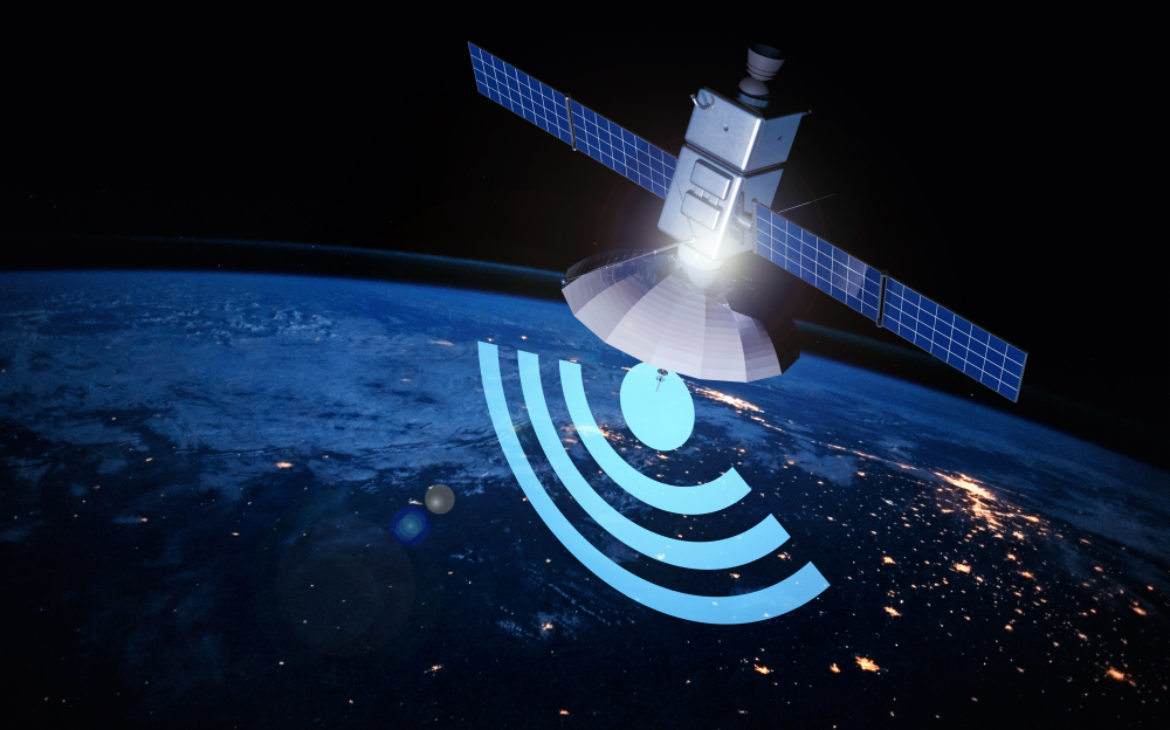The SpaceX Falcon 9 rocket that departed from Vandenburg U.S. Space Force Base in California carried Sateliot’s satellite into orbit. Once active, the 22-pound device will be able to provide 5G coverage across more than 800,000 square miles.
The satellite can support NB-IoT connections using 3GPP’s Release 17 non-terrestrial networks / NTN specification, which allows the satellite to communicate with ground-based 5G devices and a focus on IoT connectivity.
Last year, Sateliot signed a deal with Amazon Web Services (AWS) to build a host for its virtualized 5G core.
This kind of LEO satellite operates relatively close to Earth at a height of less than 1,000 kilometers and is able to complete a full Earth orbit in around 90 minutes. The low-Earth orbit allows the Sateliot constellation to provide relatively low latency compared to satellites that operate in medium-earth orbit (MEO) at the cost of reduced coverage per satellite.
Sateliot previously told SDxCentral that it intended to launch four more satellites this year, in order to have 64 satellites in orbit by the end of 2024, and ultimately reach a “full constellation” of 250 satellites by the end of 2025.
Sateliot’s satellite business plan
Company founder and CEO Jaume Sanpera explained that Sateliot would function as a service wholesaler with its constellation acting as a “coverage extender” for operators through a “single roaming agreement”:
We target $1 per month per device for the satellite connectivity to be paid by the final user, typically to an MNO [mobile network operator].
Sateliot claims to have agreements in place with operators and other entities, with a sales pipeline of more than $1.3 billion. By 2026 it expects to exceed $1 billion in sales and gain more than $380 million in earnings before interest, taxes, depreciation and amortization (EBITDA).
Its highest-profile deal is with telecom giant Telefónica to develop services for the Spanish operator’s managed IoT platform.
Also, earlier this year, Sateliot announced a partnership with power grid solution company Sentrisense to support smart grid infrastructure. By the agreement, sensors will be linked to Sateliot’s NB-IoT constellation so that data may be retrieved even when they are not within range of terrestrial connection points.
Telecommunication-focused satellite services have garnered increased attention as a way to provide some level of connectivity to remote locations. High-profiled companies like SpaceX’s Starlink have started to gain traction in offering consumer and enterprise broadband services.
ABI Research predicts LEO-based satellite services could generate $141 billion in service revenues by 2030. It cited market opportunities such as: IoT, backhaul, commercial broadband, and mobile satellite services.
